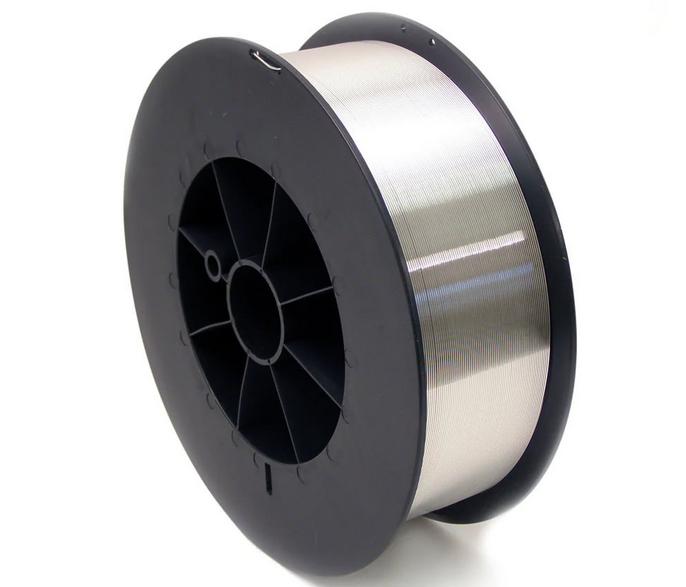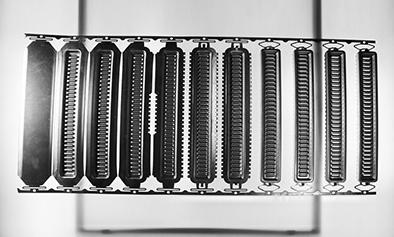Color Coated Aluminum Coil: A Versatile Material for Architectural Designs
In the realm of modern architecture, where aesthetics and functionality converge, the choice of materials plays a pivotal role in defining the visual appeal and structural integrity of buildings. One…
Extruded Aluminum Tubes Vs. Extruded Steel Tubes: Which One Is Right For You?
In the realm of engineering and construction, the selection of materials plays a pivotal role in determining the success and longevity of a project. Among the plethora of options available,…
The Second Life of Aluminum Sheet: Embracing the Sustainable Benefits of Recycled Aluminum
In a world increasingly aware of the environmental impact of human activities, the call for sustainable practices echoes across industries. One such innovation that stands out in the realm of…
The Role of Aluminum Foil Packaging in Our Lives
In the whirlwind of modern life, the significance of aluminum foil packaging often goes unnoticed. Yet, this unassuming material, derived from thoroughly annealed aluminum, possesses a remarkable combination of properties that…
Aluminum Foil’s Hidden Talents: From Kitchen Staple to Multifaceted Marvel in Modern Applications
Upon exploring the practical and luxurious applications of aluminum foil, we uncover the soft and versatile side of this seemingly ordinary material. Aluminum foil, often associated with wrapping leftovers or…
From Composition to Application: Decoding 1060 and 6061 Aluminum Sheet Differences
In the realm of metals, aluminum stands out for its lightweight, corrosion resistance, and malleability, making it a versatile material for diverse applications. Among the numerous alloys available, 1060 and…
Aluminum Die Casting for the Automotive Industry: Driving Innovation and Efficiency
The automotive industry is a dynamic landscape where innovation, performance, and efficiency are paramount. In recent years, aluminum die casting has emerged as a game-changer, revolutionizing the manufacturing processes within the…
Navigating the World of Aluminum MIG Wire: Choosing the Right Wire for Your Needs
Aluminum MIG welding is a versatile and efficient method for joining aluminum components. This process utilizes a consumable electrode, known as aluminum MIG wire, to create a strong and durable…
The Role of Aluminum Wire Mesh in Automotive Applications
Aluminum wire mesh has become an integral component in the automotive industry, playing a crucial role in enhancing vehicle aesthetics, performance, and fuel efficiency. Its unique properties of lightweight, durability, and…
The Role of Aluminum Stamping Parts in Consumer Electronics
Consumer electronics have become an indispensable part of our daily lives, and behind the sleek and sophisticated designs of smartphones, laptops, and other gadgets lies a crucial element—aluminum stamping parts…
Aluminum Foil: A Versatile Material with Diverse Applications
Aluminum foil, a thin, lightweight, and flexible sheet of aluminum, has become an indispensable material in modern society. Its remarkable properties, including its ability to block light, heat, and moisture,…
Alumina Fiber: Unleashing the Power of High-Performance Material
Alumina fiber, also known as aluminum oxide fiber, is a high-performance inorganic fiber with exceptional properties that make it suitable for a wide range of applications. Its main component is…












